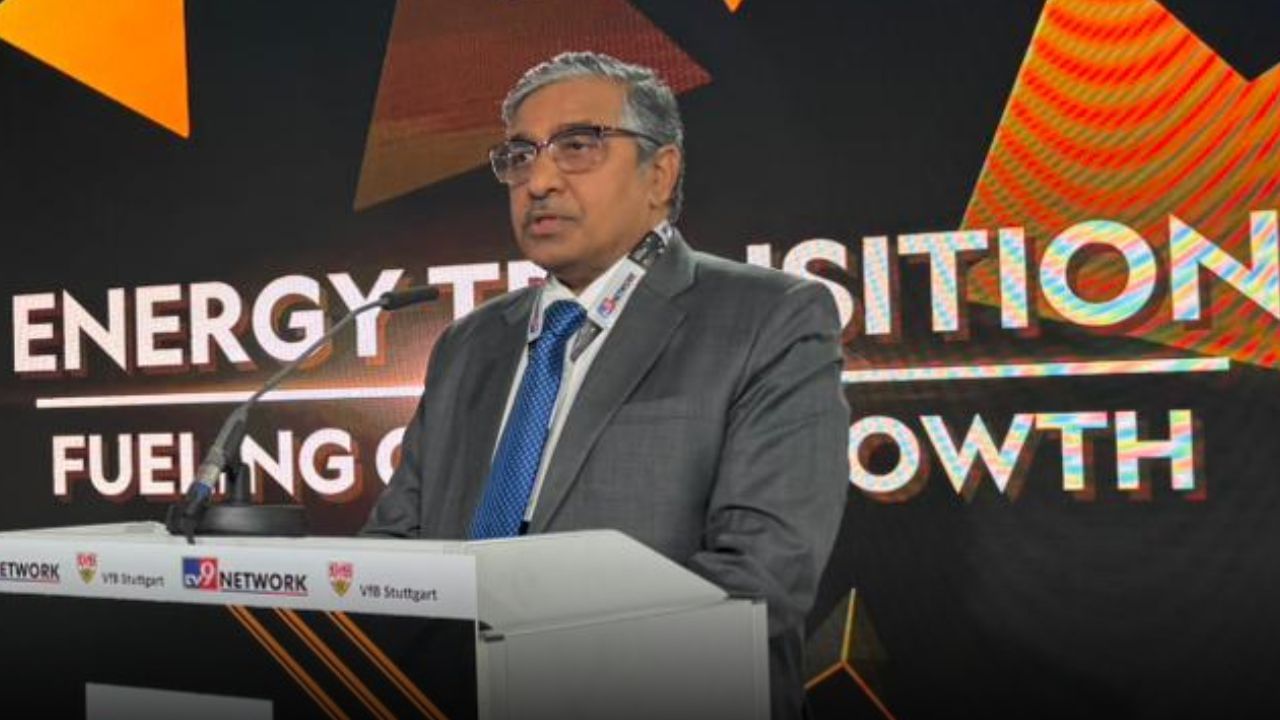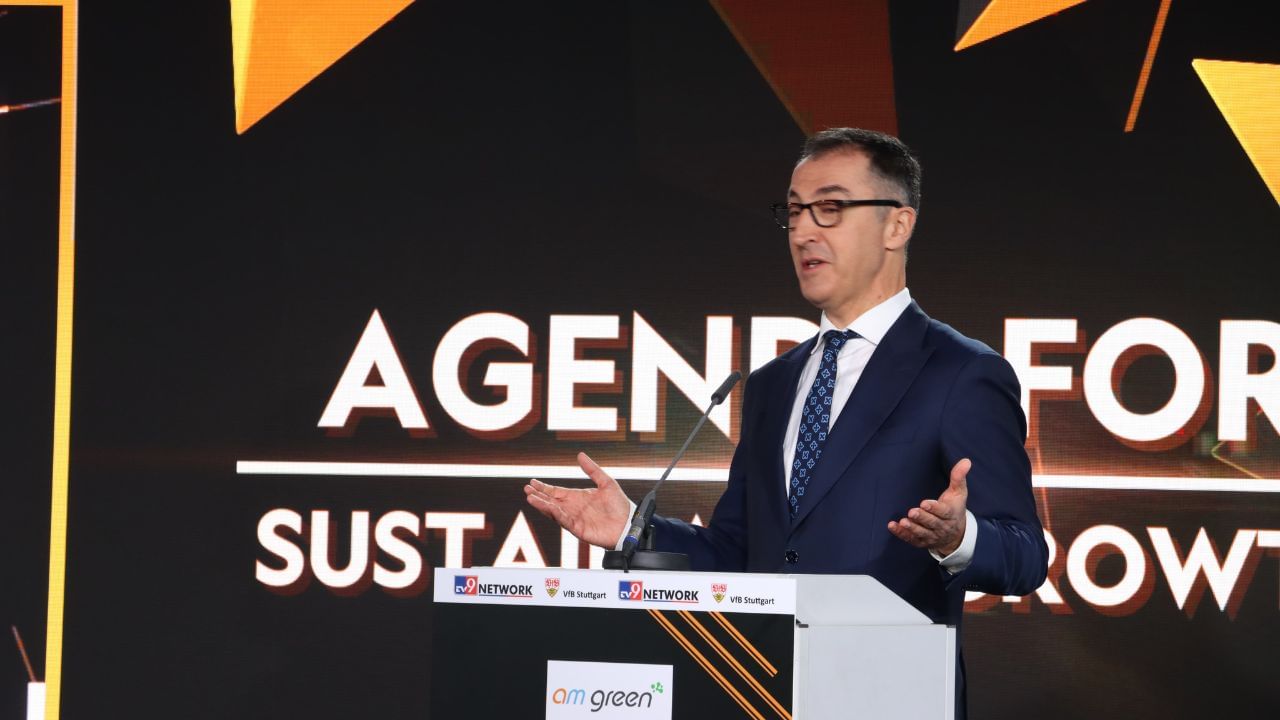The flagging pace of capex has also been a concern for the Centre, which has already nudged departments and ministries to speed up the pace of spending in the ongoing quarter as much as possible.
(File)
After a slow start to capital expenditure by both states and the Centre during the ongoing financial year 2024-25 that has been primarily attributed to the general elections earlier this year, a pickup in the second half of the fiscal is predicated on an increase in government spending.
This expected pickup comes amid concerns over a general moderation in domestic consumption demand and flagging of other growth indicators. While a belated government spending push would be a major impetus to flagging economic momentum, the prospect of getting government spending up to speed could mean a daunting 40-52 per cent increase in government capex during October-March, the second half of the financial year, to come anywhere close to the budget targets.
Given the likely contraction of over 10 per cent in the capex in the first half of FY25, states would require an over 40 per cent expansion in capex during the remaining six months to meet their budget targets. As per rating agency ICRA, data for 15 major states shows that the combined revenue receipts, revenue expenditure and capex are required to expand by 30 per cent, 26 per cent and 40 per cent, respectively, in the second half (H2) of FY25, to meet the budgeted target for the fiscal.
The flagging pace of capex has also been a concern for the Centre, which has already nudged departments and ministries to speed up the pace of spending in the ongoing quarter as much as possible. The government has nudged the ministries to expedite the pace of capital expenditure to avoid bunching up of capex in the January-March quarter, with the government expected to relax the cash management limits for the last quarter.
As per the latest data by Controller General of Accounts, the Centre’s capital expenditure during September stood at Rs 1.14 lakh crore, down 2.4 per cent from the year-ago period. Cumulatively, during April-September, the first half of the financial year, capex was down 15.4 per cent year-on-year to Rs 4.15 lakh crore. The second half of the financial year will pose a challenge to the Centre as capex will have to grow by 52 per cent to achieve the FY25 Budget target of Rs 11.11 lakh crore.
States are facing a similar challenge to boost their capex. The combined capital spending and net lending of 15 major states declined by 7.5 per cent in H1 FY25 as against a 21 per cent year-on-year expansion pegged in the budget estimates, ICRA said. Amid the compression in capex, the fiscal deficit of the 15 states stood at Rs 3.5 lakh crore in the first half (H1) of FY25, or 42 per cent of the budget estimates.
“While we expect a pick-up in the growth of the revenue receipts in H2 FY25 led by states’ own tax revenues, the required rate of 30 per cent seems challenging, led by various domestic and global factors as well as our assessment of continuing contraction in grants. Additionally, notwithstanding highly back-ended capex in FY25, we expect it to undershoot the levels indicated in FY25 BE (Budget Estimates),” ICRA said.
In the first half, revenue receipts for these 15 states have been slower, rising by 7.3 per cent as against the 20 per cent expansion estimated in the BE, led by lower-than-budgeted growth in the states’ own tax revenues reflecting moderation in consumer demand amid elevated inflation, elections and climate-related disruptions in economic activity in H1, it said.
Investment announcements which are indicative of the investment intentions of the business enterprises in the economy were lower by 29.5 per cent in the first half of FY25 whereas investment projects completed dropped by 53 per cent year-on-year (YoY) in the same period, according to CMIE data. Not only were the investment announcements and completions lower than a year ago period, but they also fell short of the half-yearly (H1) average seen over the last decade. This is mainly because of poor data for Q1 of FY25 due to election related restrictions and uncertainties.
Project investment announcements during first half of FY25 till October 2024 were down at Rs 8.9 lakh crore as against Rs 12.6 lakh crore in the first half of FY24 while projects completed were Rs 1.6 lakh crore in the first half FY25 till now as against Rs 3.5 lakh crore in the same period of last year, as per CMIE data. As per CareEdge Ratings, state government capex for 20 major states contracted 10.5 per cent in H1, while aggregate capex by major central public sector enterprises (CPSEs) contracted by 10.8 per cent at Rs 3.4 lakh crore, which is around 43.6 per cent of the annual target.
“Centre has achieved 37 per cent of its budgeted capex target in H1, while 20 major states, at an aggregate level, have achieved only 28 per cent of their budgeted target. It is crucial to monitor the trajectory of the public capex going forward. Any further slowdown in subsequent quarters could result in a shortfall relative to budget estimates. Hence, the possibility of a downward revision in the capex target remains,” CareEdge Ratings said in a note.
India Ratings and Research expects states’ aggregate capex to increase to 1.4-1.5 per cent of GDP in H2 FY25. The Centre disbursed an additional instalment of tax devolution to the states in October, a month in advance, which along with the long-term interest-free loans will boost the states’ capex plans in H2, it said. “We expect the states to increase capex spending further in 2HFY25 to cover the shortfall in targets in 1HFY25. This may translate into a further improvement in the quality of expenditure in 2HFY25 compared to 1HFY25 and would also provide support to the investment demand in the economy,” Paras Jasrai, senior analyst, India Ratings said.
There has been a pickup in capex for both states and Centre in the second quarter (Q2) as against the first (Q1). Centre’s capex had contracted by 35 per cent year-on-year in Q1 to Rs 1.8 lakh crore, while the states’ capex declined by 21 per cent to Rs 0.8 lakh crore. In Q2, there has been a marginal recovery, with Centre’s capex rising by 10.3 per cent. However, states’ capex remained in the contractionary zone, falling by 3.8 per cent in Q2, with some states like Punjab, Assam, Karnataka, Maharashtra, and Rajasthan, recording double digit-growth in capex in H1, as per CareEdge Ratings.
The ratio of capital outlay in total expenditure, an indicator of expenditure towards productive assets, showed improvement for Rajasthan (4.9pp), Assam (4.7pp), Uttar Pradesh (4.2pp), Maharashtra (4.0pp) and Madhya Pradesh (3.5pp) in Q2 compared to their long-term second quarter averages, India Ratings said. Meanwhile, Telangana (11.7pp), Andhra Pradesh (3.3pp) and Karnataka (2.4pp) were among the major states which recorded a decline in the ratio.
In the FY25 Budget, the Centre had allocated Rs 1.5 lakh crore for the 50-year interest-free loans. Of this, Rs 55,000 crore is an unconditional loan, while the remaining Rs 95,000 crore is tied to various conditions such as industrial growth, land reforms, and capex growth by states.
Corporate capex
On the corporate capex front, the aggregate capex of a sample set of companies (1,074 non-financial listed companies) was seen at Rs 9.4 lakh crore in FY24, marginally lower than the previous year. “The capex story in the fiscal year so far has remained largely muted. This can be attributed to several factors such as the election-related restrictions in Q1, geopolitical uncertainties, subdued domestic demand, oversupply from China and relatively higher borrowing costs,” said Rajani Sinha, chief economist, CareEdge Ratings.
In the first half of the current fiscal, the investment announcements were focussed in the manufacturing sector (45 per cent share). Under manufacturing, higher investment intent is seen in the transport (auto & ancillary) and chemicals segment with a share of 25 per cent each. Investment projects completed were mainly led by the non-financial services sector (43 per cent share), mainly road transport services. However, the share of non-financial services (including road transport) in investment projects announced is lower at 18 per cent.





